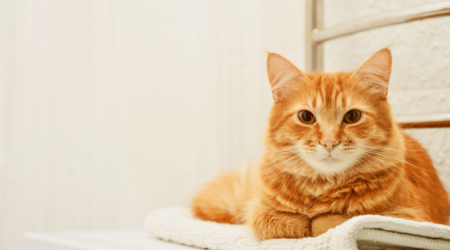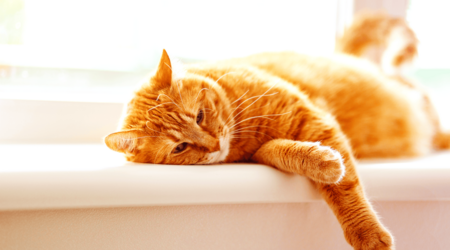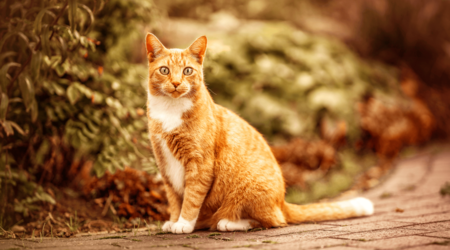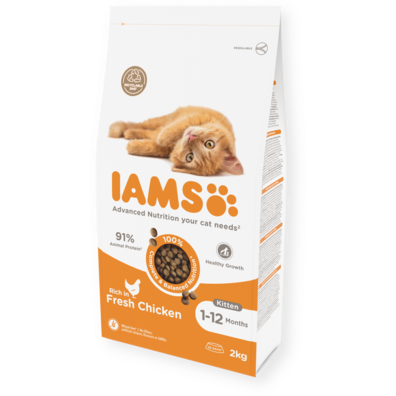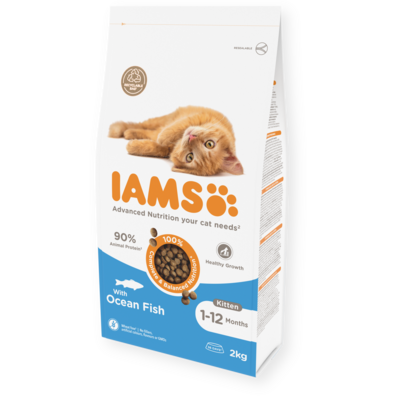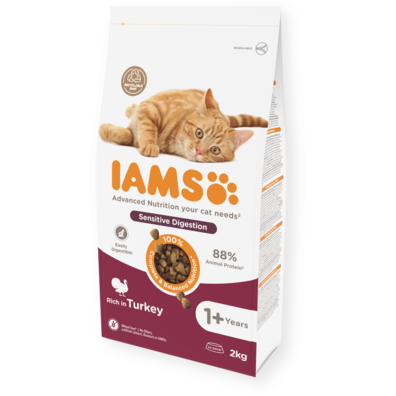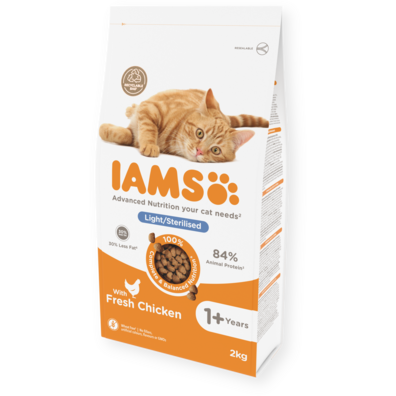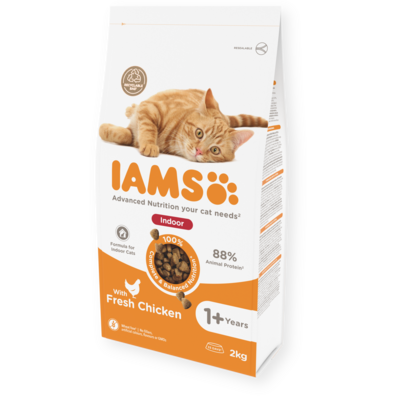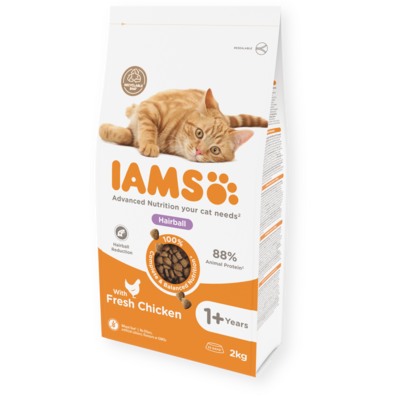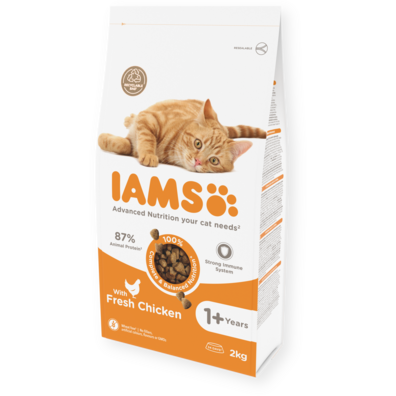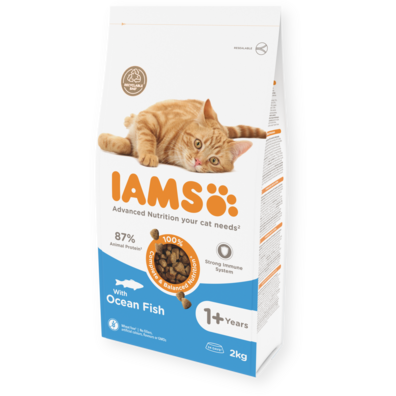Cat flu: A deadly disease for cats
If your cat sneezes once, there's no need to panic straight away. Perhaps it's just the sun's rays tickling your cat's sensitive nose that trigger the funny sneeze.
If your cat is constantly sneezing and has discharge from its eyes and nose, there may be a serious illness behind it. However, such a cat cold can not only be treated, you can also prevent it.
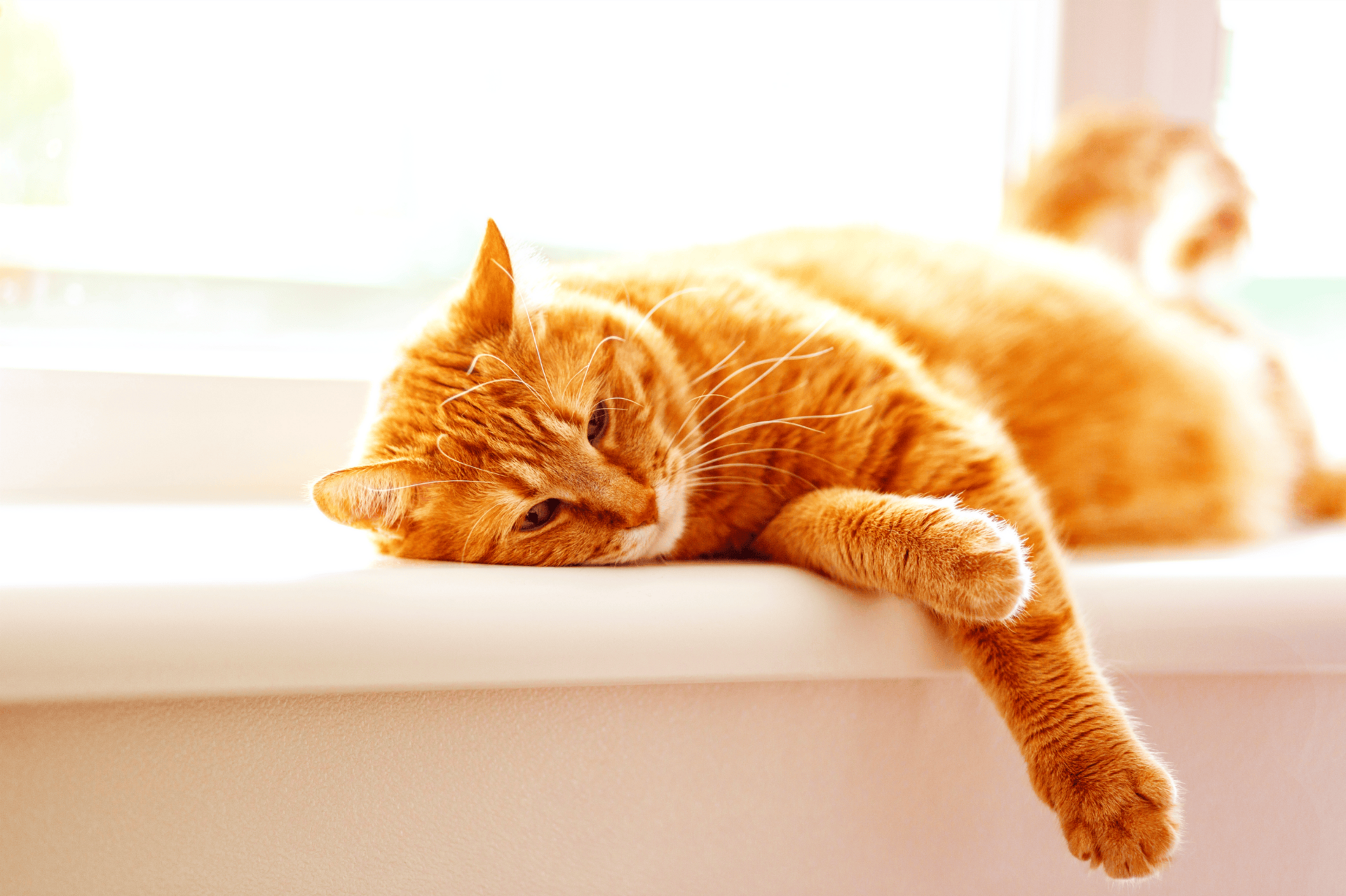
What is cat flu and how is it caused?
Many cat owners are very worried when their beloved pet suddenly sneezes, because cat flu is associated with many horror stories - cats can be infected by human snuffles, there are hardly any treatment options, and the course is almost always fatal - to name just a few.
But are these stories true?
The term cat flu primarily refers to various respiratory diseases in your cat that attack the mucous membranes, eyes and skin of the animal. This means that several rather unspecific symptoms come together, which the vet refers to as the ‘cat flu complex’. These are so varied because they are triggered by viruses such as herpes viruses as well as bacteria such as chlamydia. These are passed on through droplet or smear infections - for example via body fluids from shared food bowls or physical contact during a cat fight.
Cat flu viruses can also be transmitted from humans to cats. For example, if you visit friends who have an infected cat, you can bring the pathogen into your household and transmit it to your cat. You cannot contract cat flu yourself. The risk of infection from humans to cats via bacteria such as chlamydia and bordetella is very low. However, humans can contract conjunctivitis or a respiratory infection from the bacteria.
If you keep your cat alone in your home, you also have little reason to worry. Cats that frequently socialise with other cats due to being outside are particularly at risk. Young cats whose immune system is not yet fully developed and older or sick cats with a weakened immune system are more easily affected by cat flu.
However, a cold is not always dangerous, as the symptoms can also be mild or mistaken for harmless allergies.
Symptoms and progression of cat flu
A cat flu can be compared to a severe flu in humans. The flu can also be very mild. The disease breaks out a few days after infection.
Watery eyes, frequent sneezing, a runny nose, breathing difficulties, malaise, nasal discharge and exhaustion are the typical symptoms of a cat flu. However, fever, apathetic behaviour, coughing, conjunctivitis, diarrhoea, lameness and vomiting can also be accompanying symptoms.
If these symptoms are not recognised or even ignored, purulent encrusted eyes, loss of appetite, rattling breathing noises and difficulty swallowing can occur later in the course of the disease, which can develop into pneumonia or eye and mouth ulcers. The infection later spreads to other organs. If a vet does not treat the disease in time, it can be fatal.
Cat flu treatment - when do I need to see a vet?
To prevent complications, it’s important to take your pet to the veterinarian at the first sign of any symptoms, even if they are mild.
Treatment and medication will depend on the specific pathogens involved and the severity of your pet's symptoms. This may include antibiotics for bacterial infections or antiviral medications if necessary. Supportive therapies might involve anti-inflammatories, pain relievers, or expectorants. Diagnostic procedures could include blood tests and swabbing of mucous membranes.
If your pet's condition has progressed to the point where they are unable to eat or drink on their own, hand-feeding or the use of feeding tubes, along with fluid infusions, may be required.
In general, the spread of the disease can be controlled, and the chances of recovery are good. However, it is crucial to continue administering antibiotics for the full prescribed duration, even if symptoms improve before finishing the course. Additionally, you should keep your pet separated from other cats during this time to prevent the spread of infection.
How can I help my cat with cat flu?
To help your cat and alleviate its respiratory symptoms, inhaling with your cat can be very beneficial, but it should always be done after consulting a veterinarian. Always use a cold nebuliser, as it is suitable for pets and carries lower risks. Remember to ventilate your home occasionally while ensuring your cat is not exposed to drafts.
It will also do your sick cat good if you clean its crusty nose and watery eyes from time to time. If your cat has no appetite, try giving him his favourite food to encourage him to eat. You can also warm the food to release more flavour. If your cat's mouth is very inflamed, you should only give her soft food for the time being, as she will find it particularly difficult to swallow in this case. However, the sauce of wet food can burn, which is why some cats are more likely to accept soaked dry food. If she refuses to drink for this reason, you can encourage her to do so by running the tap or using a drinking fountain from the pet shop. Drinking a lot is very important during the course of the illness and speeds up the healing process.
Can I prevent cat flu?
The best prophylaxis against cat flu is vaccination. Although kittens still receive antibodies in their mother's milk, they can become infected as soon as they are born. The kittens usually show symptoms from the 5th - 7th week and, unfortunately, with their weak immune system, cat flu is rarely mild. Outdoor cats should also be vaccinated at an early stage.
Although indoor cats are at very low risk of catching cat flu, it is possible to bring the pathogens into your home - via shoes, clothing or used cat toys. You should therefore also have your indoor cat vaccinated to prevent the disease. Consult your vet how often the vaccinaton against cat flu should be refreshed.
However, despite the vaccination, there is no 100% protection against cat flu, but the disease is much milder. It is therefore essential that you look out for typical symptoms and do not shy away from a visit to the vet. It is also important that your cat's life is as relaxed as possible, as stress can reactivate the cat flu viruses that lie dormant in your furry friend's body.
Support your cat's health
To strengthen your cat's immune system, you can help it to live a long and happy life by providing it with high-quality cat food, high standards of hygiene, fresh air and plenty of exercise.
At IAMS, we support your cat's general well-being with advanced nutrition that is tailored to the natural needs of cats at any age and in any situation. You can find more helpful tips on cat nutrition and health in our Cat Guide.
